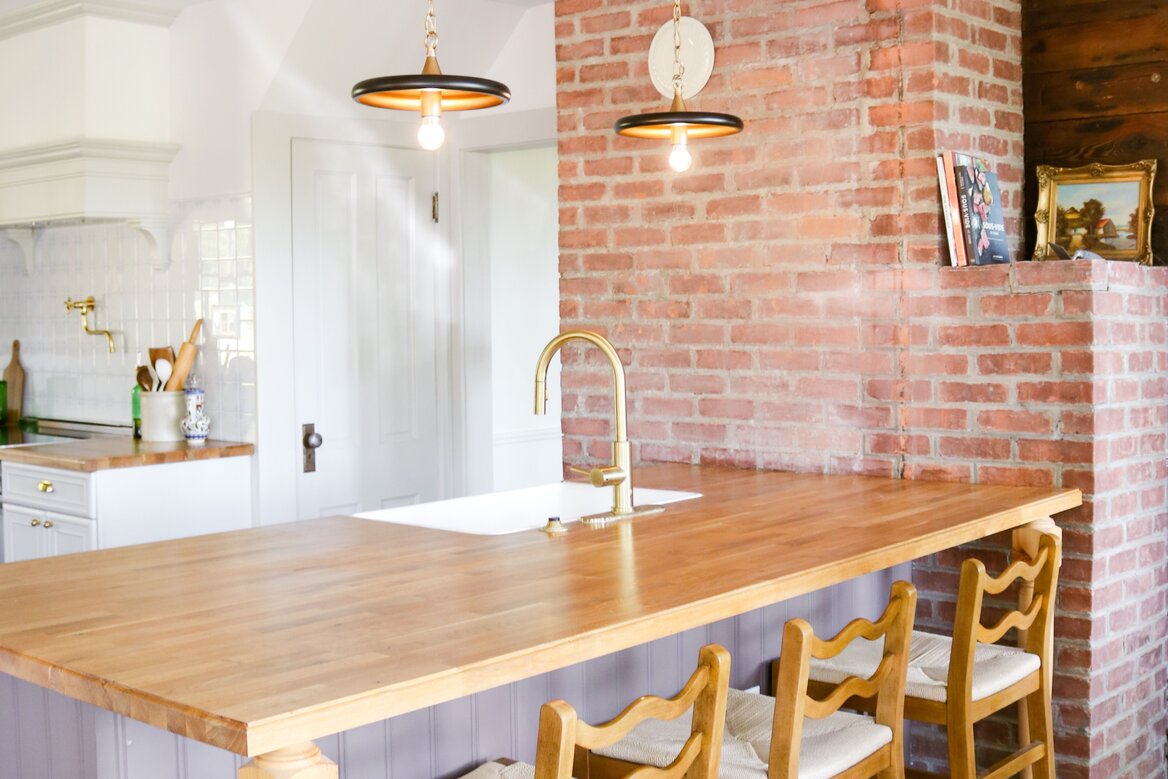- Shop
- Learn
Posted By: Truly Free Home
|
Posted On: 11/6/2025
Why choose a wooden cutting board over other options? Aside from their natural beauty (seriously, a well-crafted wooden board can double as kitchen decor), wood cutting boards have some pretty impressive benefits:
When buying a wooden cutting board or butcher block, choose hardwoods that stand out both in strength and beauty—maple, oak, and walnut.
After each use, give your board a quick rinse with warm water to remove any loose bits of food. Use a non-toxic dish soap, like Truly Free Home Dish Soap, to scrub off any food remnants or stains. If you've been cutting raw meat or fish, it's especially important to clean the board immediately to avoid cross-contamination.
For stubborn, stuck-on food, use a spatula and gently scrape it off. Avoid using anything too abrasive, like steel wool or harsh scouring pads, as these can damage the wood and leave behind microscopic bits of metal and plastic. Then, give it a good rinse and scrub with non-toxic dish soap.
Tip: Never soak a wooden cutting board in water or put it in the dishwasher. Excess moisture can cause the wood to warp, crack, or even split over time.
Even with regular cleaning, wooden cutting boards can still harbor bacteria. To give it a deeper sanitizing treatment, you can use a diluted vinegar solution or a mixture of salt and lemon.
For the vinegar method, mix 1 part white vinegar with 4 parts water. Apply the solution to your wooden cutting board, let it sit for a few minutes, then rinse with hot water and dry thoroughly.
For the lemon and salt method, sprinkle your wooden cutting board with coarse salt (like kosher or sea salt), then rub it into the board using a cut lemon. The salt gently scrubs away dirt, while the lemon's acidic juice kills any germs on the wood. Rinse the board well and let it dry completely.

To keep your wooden cutting board looking its best and prevent cracking or warping, it's important to oil it about once a month. Here’s how.
When it comes to oiling your board, not just any oil will do. You want to use a food-grade mineral oil or a specially formulated cutting board oil. These oils are non-toxic and odorless.
You can find food-grade mineral oil at most drug stores or online. In addition to oil, you can also use a food-grade wax to give your board an extra layer of protection. Beeswax and carnauba wax are both good options.
Repeat this process every month or so to keep your wooden cutting board gleaming.
Wooden cutting boards are built to last, but there will come a time when it has reached the end of their lifespan. If your wooden cutting board has any of the following issues, it may be time to retire it:
With just a little care and upkeep, your wooden cutting board can stay as dependable as the day you brought it home. A regular clean, oil, and wax routine doesn’t just protect the wood—it protects your family, too, by keeping bacteria and toxins at bay. Treat your board with the same love you put into every meal, and it’ll serve you beautifully for years to come.